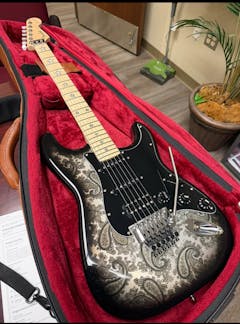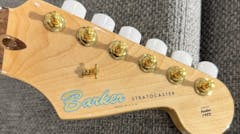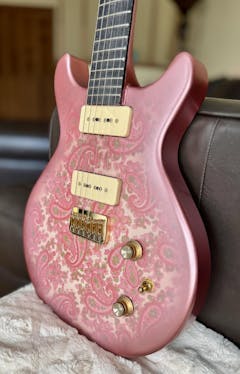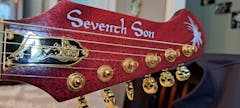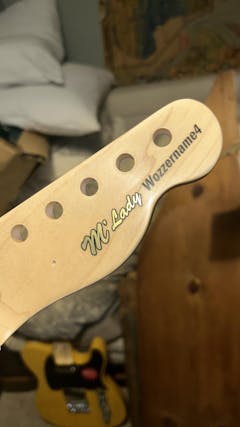Excellent decals. Great service . Thankyou
Wasn’t gonna say, but since you asked.
And I’ve been here before as well. I know you advise that there may be a line in the decal, but there was a time when there were no lines. No breaks in the lettering.
Once upon a time, Rothko and Frost was the industry standard for waterside decals. Sad to say this no longer the case.
Hoping I can post a picture at the end of this. On this most recent purchase there are no less than decals completely unusable due to a red smear through the decal.
How can these even be considered good?
I’ve made my last purchase from Rothko. and Frost
Yes I bought these and thry are great, Applied 3 coats of polyurethane clear aerosol, smoothed down very, very lightly with P1200 grit wet and dry sandpaper. Then did the same again, and finished with "Axe wax" fine compound. Worked a treat. Well done Rothko in providing good quality custom Decals.
Excellent quality, quick turnaround and fast delivery








